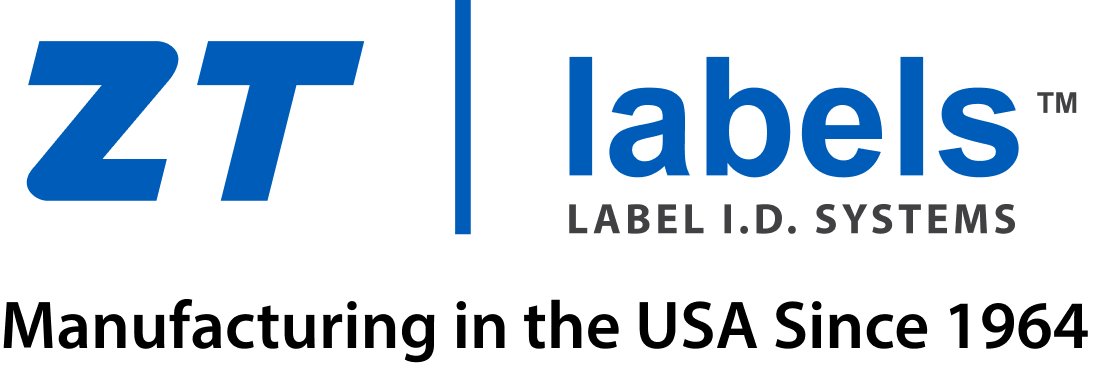In any industry, proper labeling is crucial for the clear identification and safety of products. However, using the wrong label material or design can lead to significant issues, ranging from minor inconveniences to serious safety hazards. Here’s why having the correct label is essential and the potential disasters that can occur with improper labeling.
Safety Hazards
Incorrect labeling on products, especially those that contain chemicals or hazardous materials, can result in serious safety risks. If warning labels are not durable or clear, users might not be aware of the dangers, leading to accidents, health issues, or even fatalities.
Example:
- A chemical container with a faded or illegible warning label might cause improper handling, leading to spills, burns, or poisoning.
Regulatory Non-Compliance
Many industries are regulated by strict labeling requirements to ensure safety and transparency. Using the wrong label material can result in non-compliance, leading to fines, legal action, and damage to the company’s reputation.
Example:
- A pharmaceutical product that fails to comply with labeling regulations may face recalls, legal penalties, and loss of consumer trust.
Product Misidentification
Labels are essential for distinguishing between different products. An incorrect label can cause confusion and misidentification, leading to significant operational inefficiencies and potential safety issues.
Example:
- In a manufacturing setting, using the wrong label on raw materials can disrupt production processes, resulting in defective products or delays.
Customer Dissatisfaction
Labels provide critical information such as ingredients, usage instructions, and expiration dates. Inaccurate or poor-quality labels can lead to customer dissatisfaction and harm your brand’s reputation.
Example:
- A food product with a smudged or unreadable expiration date label can cause consumer complaints, returns, and loss of trust in the brand.
Logistical Challenges
Proper labeling is essential for inventory management and distribution. Wrong labels can cause logistical errors, such as misplaced shipments, incorrect stock levels, and increased operational costs.
Example:
- A warehouse that relies on barcode labels for inventory management can face significant disruptions if the barcodes are unreadable or mislabeled, leading to shipment errors and delays.
Choosing the Right Label
To avoid these potential disasters, it’s crucial to select the appropriate label material and design for your specific application. Here are some tips:
- Assess Environmental Conditions: Consider if the label will be exposed to moisture, chemicals, extreme temperatures, or outdoor conditions. Materials like plastic, vinyl, or metal may be necessary for durability.
- Understand Regulatory Requirements: Ensure your labels comply with industry regulations and standards to avoid legal issues and ensure safety.
- Evaluate Durability Needs: Choose a label material that can withstand the product’s lifecycle, from production to consumer use.
- Prioritize Clarity and Legibility: Ensure that all information on the label is clear, legible, and resistant to wear and tear.
- Consult with Experts: Work with label manufacturers or consultants who understand the specific needs of your industry and can recommend the best materials and designs.
Conclusion
Incorrect labeling is more than just an inconvenience; it can lead to severe safety risks, regulatory penalties, operational inefficiencies, and customer dissatisfaction. By carefully selecting the right label material and ensuring compliance with industry standards, you can avoid these potential disasters and ensure that your products are properly identified, safe, and compliant. Remember, effective labeling is a critical component of successful product management and consumer safety.



